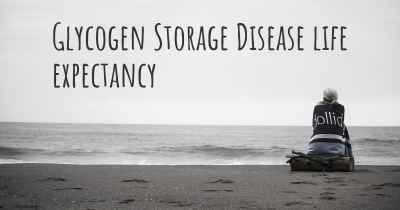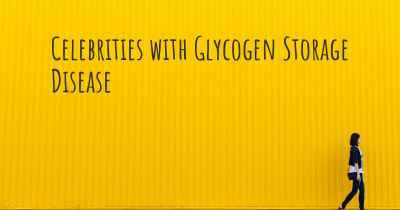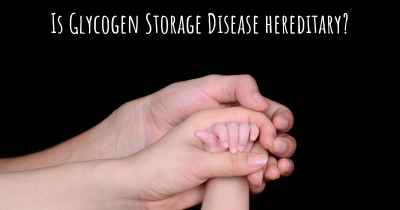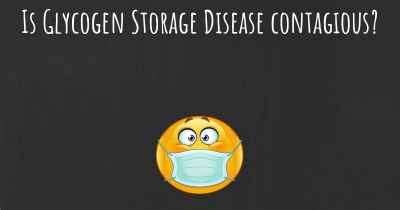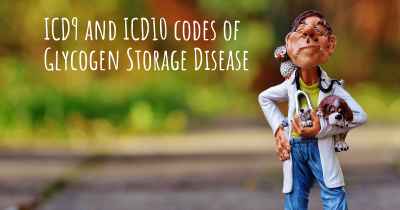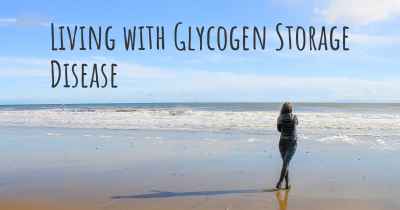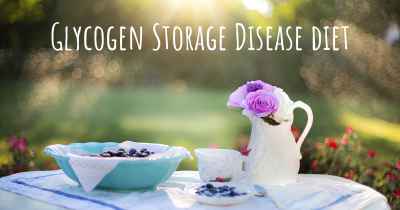Which are the symptoms of Glycogen Storage Disease?
See the worst symptoms of affected by Glycogen Storage Disease here
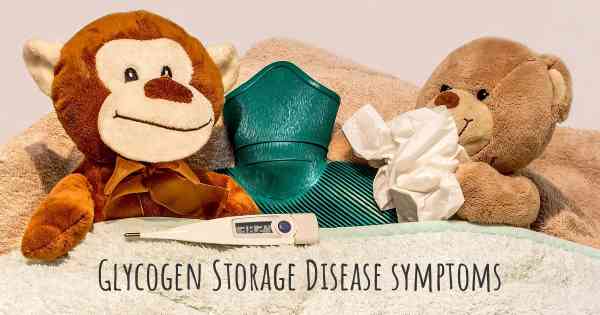
Symptoms of Glycogen Storage Disease
Glycogen Storage Disease (GSD) refers to a group of rare genetic disorders that affect the body's ability to store and release glycogen, a form of sugar that serves as a primary source of energy. These disorders are caused by mutations in genes that are involved in glycogen metabolism, leading to abnormal glycogen accumulation in various tissues and organs. The symptoms of GSD can vary depending on the specific type of the disease, but there are some common signs to be aware of.
Hypoglycemia
One of the hallmark symptoms of GSD is recurrent episodes of hypoglycemia, which is characterized by low blood sugar levels. Hypoglycemia can cause a range of symptoms including fatigue, weakness, irritability, dizziness, sweating, and even seizures. These episodes often occur during periods of fasting or prolonged exercise when the body relies on glycogen stores for energy.
Hepatomegaly
Hepatomegaly, or an enlarged liver, is a common feature of many types of GSD. The excessive accumulation of glycogen in liver cells can cause the liver to become enlarged and firm to the touch. This can lead to abdominal discomfort, a feeling of fullness, and an increased risk of liver-related complications such as liver cirrhosis.
Hypotonia
Hypotonia, or decreased muscle tone, is often observed in individuals with GSD. It can manifest as muscle weakness, poor muscle control, and delayed motor development in infants. Hypotonia can affect both skeletal muscles, leading to difficulties with movement and coordination, as well as smooth muscles, causing issues with digestion and breathing.
Growth Delay
Many children with GSD experience growth delay due to the metabolic disruptions caused by the disease. Poor growth can be observed both in terms of height and weight, and affected individuals may have a smaller stature compared to their peers. This growth delay can be attributed to the body's inability to properly utilize glycogen as an energy source.
Cardiomyopathy
Cardiomyopathy, a condition characterized by abnormalities in the structure and function of the heart muscle, can occur in some forms of GSD. The excessive glycogen accumulation in cardiac cells can lead to heart enlargement, impaired heart function, and an increased risk of arrhythmias. Symptoms of cardiomyopathy may include fatigue, shortness of breath, chest pain, and palpitations.
Myopathy
Myopathy, or muscle disease, is another potential symptom of GSD. It can manifest as muscle pain, cramps, and weakness. Myopathy may affect both skeletal muscles, leading to difficulties with mobility and exercise intolerance, as well as smooth muscles, causing issues with digestion and bladder control.
Hyperlipidemia
Some types of GSD can be associated with hyperlipidemia, which refers to elevated levels of fats (lipids) in the blood. This can increase the risk of developing cardiovascular problems such as atherosclerosis and pancreatitis. Symptoms of hyperlipidemia may include high cholesterol levels, abdominal pain, and recurrent episodes of acute pancreatitis.
Other Symptoms
In addition to the aforementioned symptoms, individuals with GSD may experience a range of other signs depending on the specific type and severity of the disease. These can include recurrent infections, delayed puberty, osteoporosis, kidney problems, and neurological complications such as learning difficulties, seizures, and developmental delays.
It is important to note that the symptoms and their severity can vary widely among individuals with GSD. Some individuals may have mild symptoms that do not significantly impact their daily lives, while others may experience more severe complications that require ongoing medical management.
If you suspect that you or your child may have symptoms of GSD, it is crucial to consult with a healthcare professional for a proper diagnosis and appropriate management. Early detection and intervention can help improve outcomes and quality of life for individuals with GSD.
Posted Mar 1, 2017 by Shelly 1000
Posted Jun 12, 2022 by Th3 250
Posted Mar 11, 2017 by Pepa 1000
Restriction respiratory
Posted Sep 24, 2017 by Welton Correia Alves 1000
Fatigue
severe hypoglycaemia
Posted Oct 14, 2017 by Jakeline Serafim Vieira 1010
Posted Nov 16, 2017 by Agus 800
